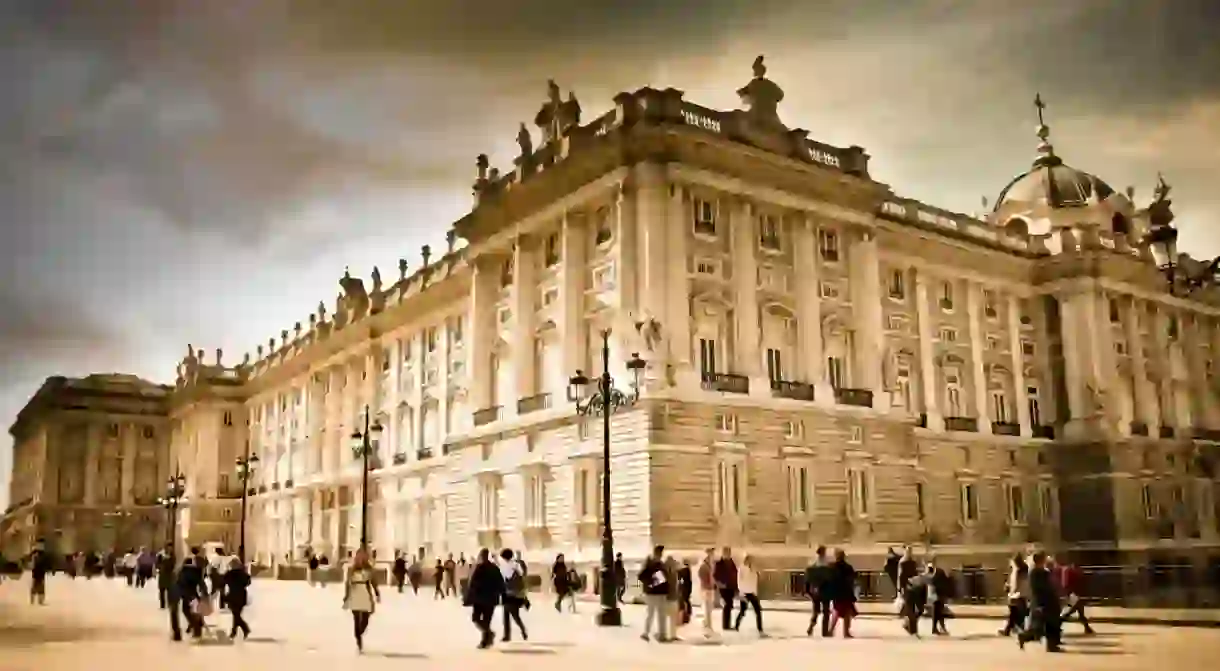Madrid's Most Beautiful Baroque Palaces and How to Find Them

Madrid is home to some beautifully-preserved Baroque architecture dating from the 17th and 18th centuries. From the Plaza Mayor to the huge Royal Palace, visitors are in for an array of architectural treats. Here’s our guide to some of the best examples of Baroque palaces in and around Madrid.
Palacio Real
Building, Historical Landmark

Madrid’s imposing Royal Palace was completed in 1764 and is one of the city’s most striking examples of Baroque architecture. It is Europe’s largest royal palace by floor area, and has 2,800 rooms, 50 of which are open to the public. It is the official Madrid residence of the Spanish Royal Family, but is only used for state ceremonies (they live in the more modest Zarzuela Palace, just outside Madrid). Visitors on a guided or self-guided tour can take in paintings by Spanish artists including Goya, in addition to the sumptuous throne room and armoury among other features. Visiting hours are 10am-6pm in winter and 10am-8pm in summer. General admission is €11 (US$12.29).
Palacio de Santa Cruz
Building
Casa de la Villa
Building
Royal Palace of El Pardo
Buen Retiro Palace
Museum, Park

Real Hospicio de San Fernando
Building, Museum














